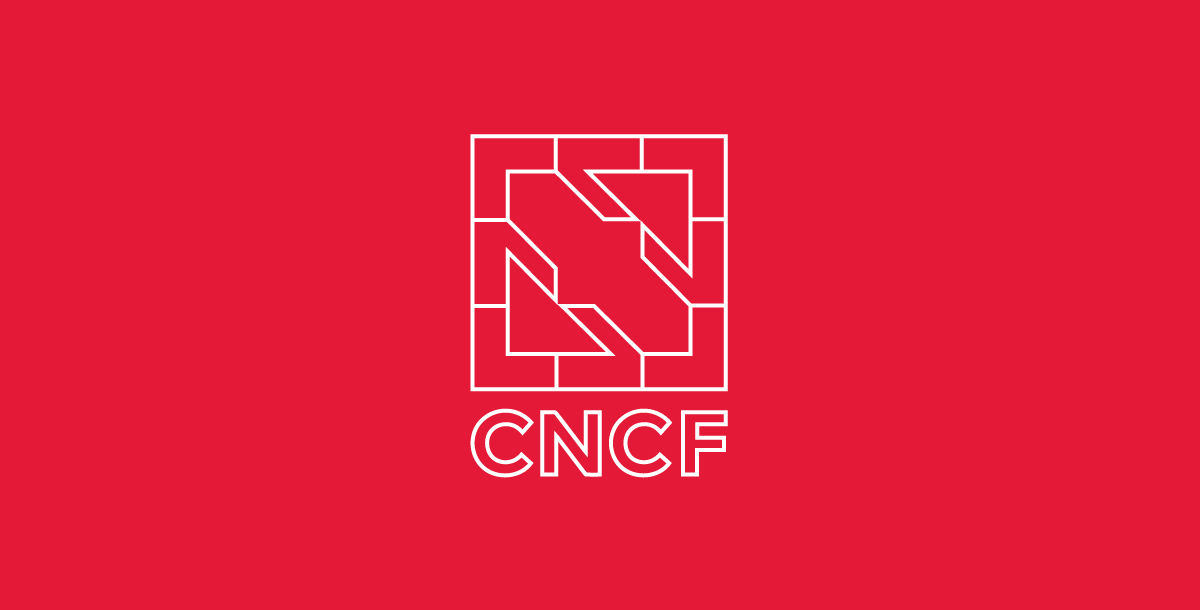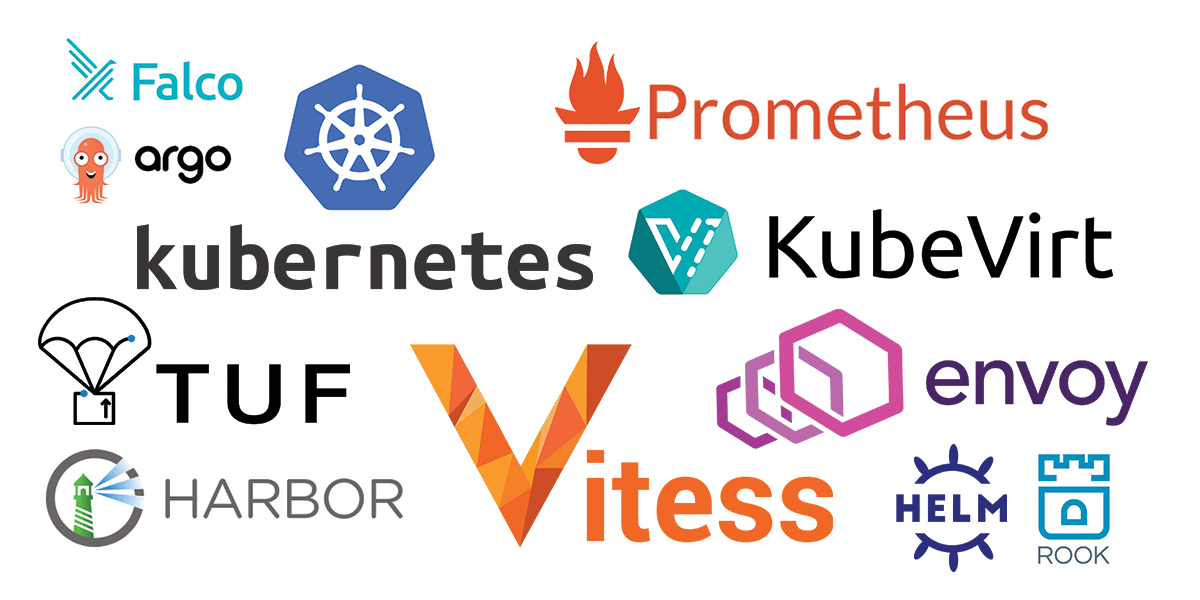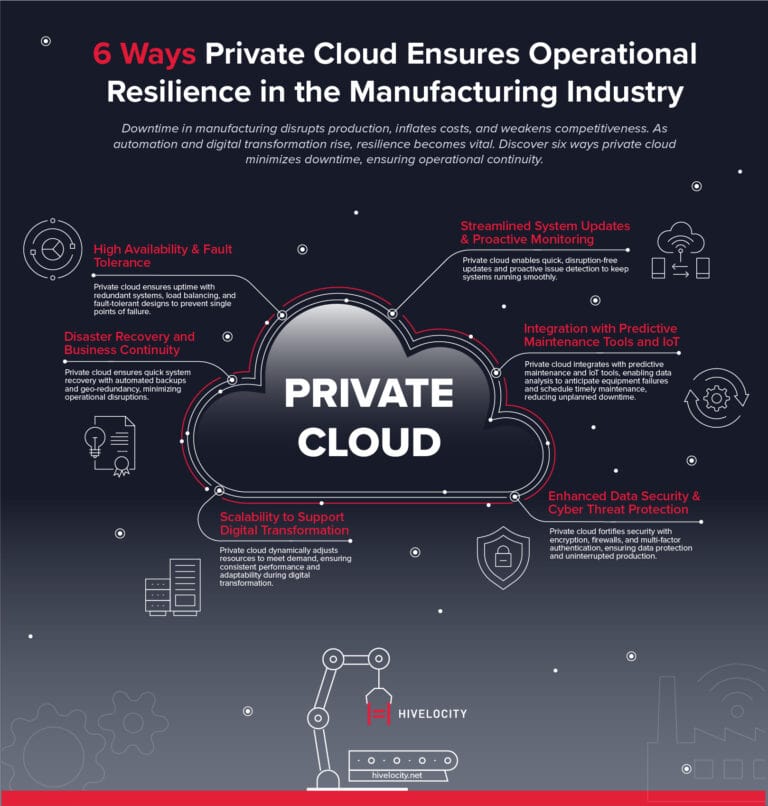
As technology grows increasingly reliant on the cloud and lightweight containerization solutions like Docker and Kubernetes, a need for vendor-neutral, cross-platform software solutions has led to the creation of an organization known as the CNCF. But who are the CNCF and why have they made providing open-source, cloud native solutions their mission?
Read on to learn about the CNCF, a selection of their most essential projects, and how CNCF tools running on Hivelocity Dedicated Server solutions can help keep your cloud-like environment innovative for years to come.
Who Is the CNCF?
Short for the Cloud Native Computing Foundation, CNCF is a non-profit organization which provides and maintains an active portfolio of open-source tools and solutions. Part of the Linux Foundation, the CNCF brings together top talent from the world’s best developers, end users, and service vendors, all under the mission of increasing user-acceptance for new, cloud native development solutions. Spanning public, private, and hybrid cloud solutions, these vendor-neutral projects seek to bring unity across the heavily brand-locked world of cloud hosting. With highly mobile solutions which can be easily modified as needed, CNCF is helping give control back to the end user.
With nearly 700 members and over 132,000 active project contributors, CNCF is home to many of the fastest-growing open-source solutions in the world.
Why the focus on cloud native technologies though?
Cloud native solutions allow users to create loosely-coupled development environments which are secure, reliable, and manageable. This empowers organizations to build systems designed around dynamic scalability and automation. By maintaining a strong ecosystem for open-source solutions within this realm, CNCF is helping to keep these modern innovations accessible to everyone. After all, the easier it is to integrate these technologies into existing methodologies, the more widespread their adoption by users and enterprises alike.
With nearly 700 members and over 132,000 active project contributors, CNCF is home to many of the fastest-growing open-source solutions in the world. But what do these projects look like and why is their open-source status so important?
Popular CNCF Solutions
While CNCF’s portfolio includes many impressive tools divided amongst three stages of user acceptance (sandbox, incubating, and graduated), a few of its projects carry more name recognition than others. In this section, we’ll take a look at several popular solutions maintained by the CNCF and the impact these tools can make in development environments like yours.

Kubernetes
Probably the most famous of CNCF’s many available projects, Kubernetes is the container orchestration system which has revolutionized the tech world. Developed in-house by Google before being released to the public in 2014, Kubernetes is a testament to 15 years of Google’s experience managing scalable production workloads.
The end result?
A tool which has grown to become the de facto container solution for enterprises across the world. With the ability to integrate diverse networks of dedicated servers and cloud services into complex supercomputers known as Clusters, Kubernetes has changed the way we build and manage applications. By splitting projects into lightweight, highly-mobile containers, Kubernetes allows users to maximize system resource efficiency while minimizing risk and downtime. All changes to the cluster are made through its master node, ensuring system-wide uniformity and adherence to designated standards.
Want to learn more about the basics of Kubernetes? Check out our knowledge base article, What is Kubernetes?. For more information on the advantages Kuberenetes can bring to your hybrid or multi-cloud environment, check out this article from our blog, Hybrid Cloud Kubernetes Clusters.
With the ability to integrate diverse networks of dedicated servers and cloud services into complex supercomputers known as Clusters, Kubernetes has changed the way we build and manage applications.
Questions about how Hivelocity and Kubernetes can revolutionize your application development environment? Call or chat now!
Prometheus
Added to CNCF’s portfolio in 2016, Prometheus is a metric-based monitoring system which records real-time data into time series databases. Initially developed by SoundCloud to assist with their own internal monitoring, Prometheus’s contributors and user acceptance have exploded since its integration with CNCF. As a vendor-neutral means of embedding monitoring instruments, Prometheus offers users an ideal method for monitoring Kubernetes clusters and the microservices they support. Similar to Google’s proprietary Borgman monitoring tool, Prometheus brings multi-dimensional data tracking into the hands of users across the world. Simple, scalable, and featuring a host of powerful querying methods for organizing and accessing data sets, Prometheus is among the CNCF’s most widely utilized solutions.
Want to learn more about Prometheus and how it works? Check out this documentation from Prometheus’ official site and see how time series monitoring with Prometheus can benefit you.
TUF
TUF, short for The Update Framework, was one of the first security-oriented projects hosted by the CNCF. Designed to close loopholes which could allow external actors access to your system by forcing false or outdated updates, TUF provides a comprehensive framework for securing your various software update systems. By manipulating a machine’s update systems, it’s possible for hackers to trick your computer into downloading unsecured or modified versions of software updates. TUF secures against these kinds of attacks by establishing metadata within your system which is then used to verify legitimate update requests. Acting as a first line of defense, TUF intercepts incoming updates, checking them for authenticity before passing them along to the update systems of your choice.
For more information on The Update Framework and how it can help keep your system secure, check out this documentation from TUF’s official website.
Envoy
First developed by Lyft, Envoy is an open-source service proxy, designed to help unify abstract networks of microservices into more manageable systems. In an effort to improve networking and observability within loosely-floating systems of containers, Envoy provides users with a platform-agnostic service mesh with which to maintain and balance workloads more effectively. With your microservices unified through Envoy, it becomes easier to consistently observe the system as a whole, visualizing problem areas and tuning overall performance. Featuring robust APIs, advanced load balancing, and the ability to run alongside any application language or framework, Envoy is the proxy built for cloud native applications.
For more information or to download Envoy, head to its official website at https://www.envoyproxy.io/.
Vitess
Originally developed by Youtube in 2010, Vitess is a cloud native database clustering solution. Combining the horizontal-scalability of NoSQL with key features of MySQL, Vitess provides a highly-scalable, high performance database management solution. Whether your applications run across public clouds, private clouds, or your own dedicated server resources, Vitess can deploy and scale large clusters of instances easily. Connection pooling allows Vitess to seamlessly handle thousands of connections simultaneously, and native sharding means Vitess can support expanding systems more effectively than MySQL. With built-in database monitoring, Vitess helps ensure optimal performance across your entire cluster.
For more information on Vitess and its included features, check out this documentation available through Vitess’s official website.
Harbor
One of CNCF’s newer projects, Harbor is a container image registry solution initially developed by VMware. As a private, on-premise registry solution, Harbor offers users the benefits of public image registries without the associated security risks. Set policies and role-based permissions for your instances ensuring compliance and proper-functionality across your entire cluster. Easily integrated into both Kubernetes and Docker, Harbor lets users isolate containers into groupings known as “projects,” and run configurable vulnerability scans on their images. Vendor-agnostic, Harbor’s webhook notifications allow for easy integration into your existing CI/CD setup.
For more information on Harbor, or to try it out for yourself, head to https://goharbor.io/.
KubeVirt
If your organization has been slow to adopt containerization due to an existing reliance on virtual machines and a fear of making the switch, then KubeVirt might be exactly what you’re looking for. By combining a system’s VM and container workloads into a single, unified platform, KubeVirt allows for the management of VMs using Kubernetes. Now your virtual machines and containers can utilize the same system resources, running in the same clusters, while all being managed by the same master nodes. This gives developers the freedom to continue developing new applications while slowly transitioning away from VMs to a fully containerized environment at their own pace. With support from RedHat, KubeVirt is one of the CNCF’s newest and most exciting projects.
For more information on KubeVirt, including a demo, check out its official website at https://kubevirt.io/.
While these projects represent several of the CNCF’s most important and influential offerings, these are still only a handful of the many projects within CNCF’s portfolio. Projects like Helm, Falco, Argo, and Rook to name a few.
With backing by some of the biggest names in the industry, CNCF is changing the cloud native landscape by putting powerful development solutions into the hands of everyone.
For a full list of CNCF projects and more information on the organization and its mission, be sure to check out their official website at https://www.cncf.io/.
Hivelocity Private Cloud & CNCF

At Hivelocity, we know the best solution is the one that best fits your organization’s specific needs. There is no one-size-fits-all when it comes to your company or its technical infrastructure. Whether you’re utilizing a public cloud platform, your own private cloud network, or a hybrid mix of cloud and dedicated server resources, CNCF’s extensive list of tools are designed to compliment a wide and varied list of software. Open-source, vendor-agnostic solutions which can increase your system’s efficiency, security, and reliability, all without costing your organization a cent. With backing by some of the biggest names in the industry, CNCF is changing the cloud native landscape by putting powerful development solutions into the hands of everyone.
So whether you’re interested in your own private cloud network or simply looking to strengthen your development environment with some dedicated server resources, Hivelocity has the infrastructure solutions you need. By combining Hivelocity’s instant and custom bare metal servers with the powerful cloud native development tools available through CNCF, you can keep your development environment cutting edge without breaking the bank.
Call or chat today and see what the Hivelocity difference can mean for your organization.
– Sean Kelly


